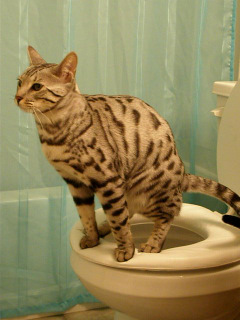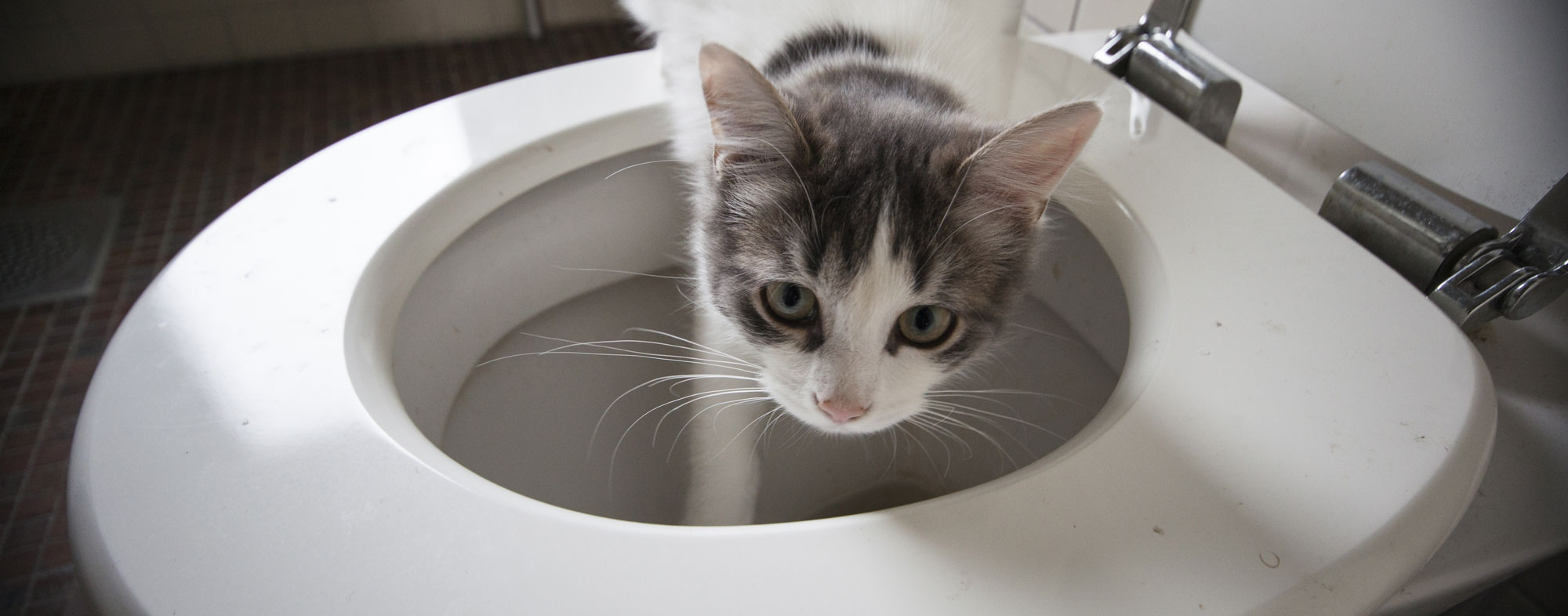Prevent Clogs and Damage: Never Flush Cat Poop Down Your Toilet - Expert Insights
Prevent Clogs and Damage: Never Flush Cat Poop Down Your Toilet - Expert Insights
Blog Article
We have encountered this great article on Don’t flush cat feces down the toilet down the page on the web and accepted it made good sense to write about it with you on this page.

Introduction
As feline proprietors, it's important to be mindful of how we throw away our feline close friends' waste. While it might seem hassle-free to purge cat poop down the bathroom, this technique can have damaging effects for both the setting and human health and wellness.
Alternatives to Flushing
The good news is, there are more secure and a lot more liable means to dispose of pet cat poop. Take into consideration the complying with choices:
1. Scoop and Dispose in Trash
The most typical approach of throwing away cat poop is to scoop it right into an eco-friendly bag and toss it in the trash. Make certain to utilize a dedicated trash scoop and throw away the waste quickly.
2. Usage Biodegradable Litter
Opt for naturally degradable cat trash made from products such as corn or wheat. These clutters are environmentally friendly and can be securely dealt with in the trash.
3. Hide in the Yard
If you have a backyard, consider burying feline waste in an assigned location far from veggie yards and water resources. Be sure to dig deep enough to prevent contamination of groundwater.
4. Set Up a Pet Waste Disposal System
Purchase a family pet waste disposal system particularly created for cat waste. These systems make use of enzymes to break down the waste, lowering odor and environmental impact.
Health Risks
Along with environmental issues, purging cat waste can additionally present health and wellness threats to people. Pet cat feces might consist of Toxoplasma gondii, a parasite that can cause toxoplasmosis-- a possibly extreme health problem, particularly for expectant females and individuals with damaged immune systems.
Environmental Impact
Purging feline poop introduces dangerous microorganisms and bloodsuckers into the supply of water, posing a considerable threat to marine environments. These contaminants can adversely influence marine life and compromise water quality.
Final thought
Accountable family pet ownership extends past offering food and shelter-- it likewise entails correct waste monitoring. By avoiding purging cat poop down the toilet and selecting alternate disposal techniques, we can reduce our environmental footprint and protect human wellness.
Why Can’t I Flush Cat Poop?
It Spreads a Parasite
Cats are frequently infected with a parasite called toxoplasma gondii. The parasite causes an infection called toxoplasmosis. It is usually harmless to cats. The parasite only uses cat poop as a host for its eggs. Otherwise, the cat’s immune system usually keeps the infection at low enough levels to maintain its own health. But it does not stop the develop of eggs. These eggs are tiny and surprisingly tough. They may survive for a year before they begin to grow. But that’s the problem.
Our wastewater system is not designed to deal with toxoplasmosis eggs. Instead, most eggs will flush from your toilet into sewers and wastewater management plants. After the sewage is treated for many other harmful things in it, it is typically released into local rivers, lakes, or oceans. Here, the toxoplasmosis eggs can find new hosts, including starfish, crabs, otters, and many other wildlife. For many, this is a significant risk to their health. Toxoplasmosis can also end up infecting water sources that are important for agriculture, which means our deer, pigs, and sheep can get infected too.
Is There Risk to Humans?
There can be a risk to human life from flushing cat poop down the toilet. If you do so, the parasites from your cat’s poop can end up in shellfish, game animals, or livestock. If this meat is then served raw or undercooked, the people who eat it can get sick.
In fact, according to the CDC, 40 million people in the United States are infected with toxoplasma gondii. They get it from exposure to infected seafood, or from some kind of cat poop contamination, like drinking from a stream that is contaminated or touching anything that has come into contact with cat poop. That includes just cleaning a cat litter box.
Most people who get infected with these parasites will not develop any symptoms. However, for pregnant women or for those with compromised immune systems, the parasite can cause severe health problems.
How to Handle Cat Poop
The best way to handle cat poop is actually to clean the box more often. The eggs that the parasite sheds will not become active until one to five days after the cat poops. That means that if you clean daily, you’re much less likely to come into direct contact with infectious eggs.
That said, always dispose of cat poop in the garbage and not down the toilet. Wash your hands before and after you clean the litter box, and bring the bag of poop right outside to your garbage bins.
https://trenchlesssolutionsusa.com/why-cant-i-flush-cat-poop/

Do you really like reading about How to Dispose of Cat Poop and Litter Without Plastic Bags? Make feedback down the page. We will be glad to find out your responses about this write-up. In hopes that you visit us again soon. For those who enjoyed reading our post plz don't forget to pass it around. Thanks for taking the time to read it.
Click Here Report this page